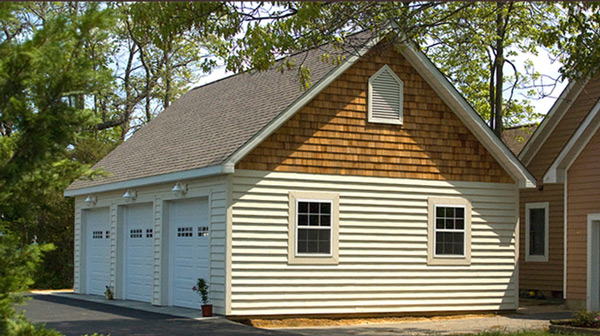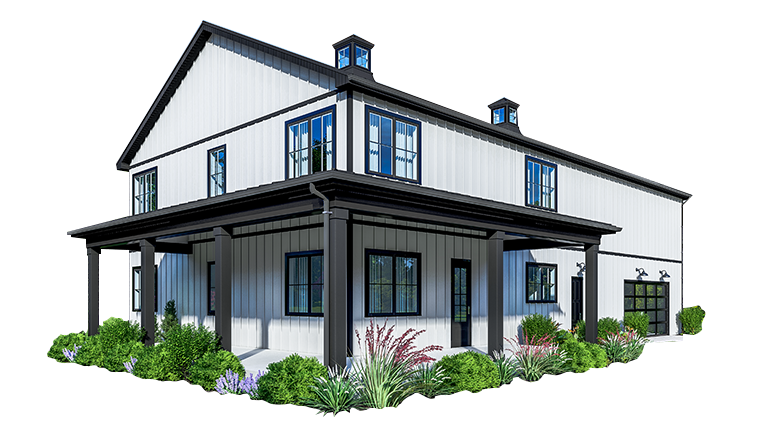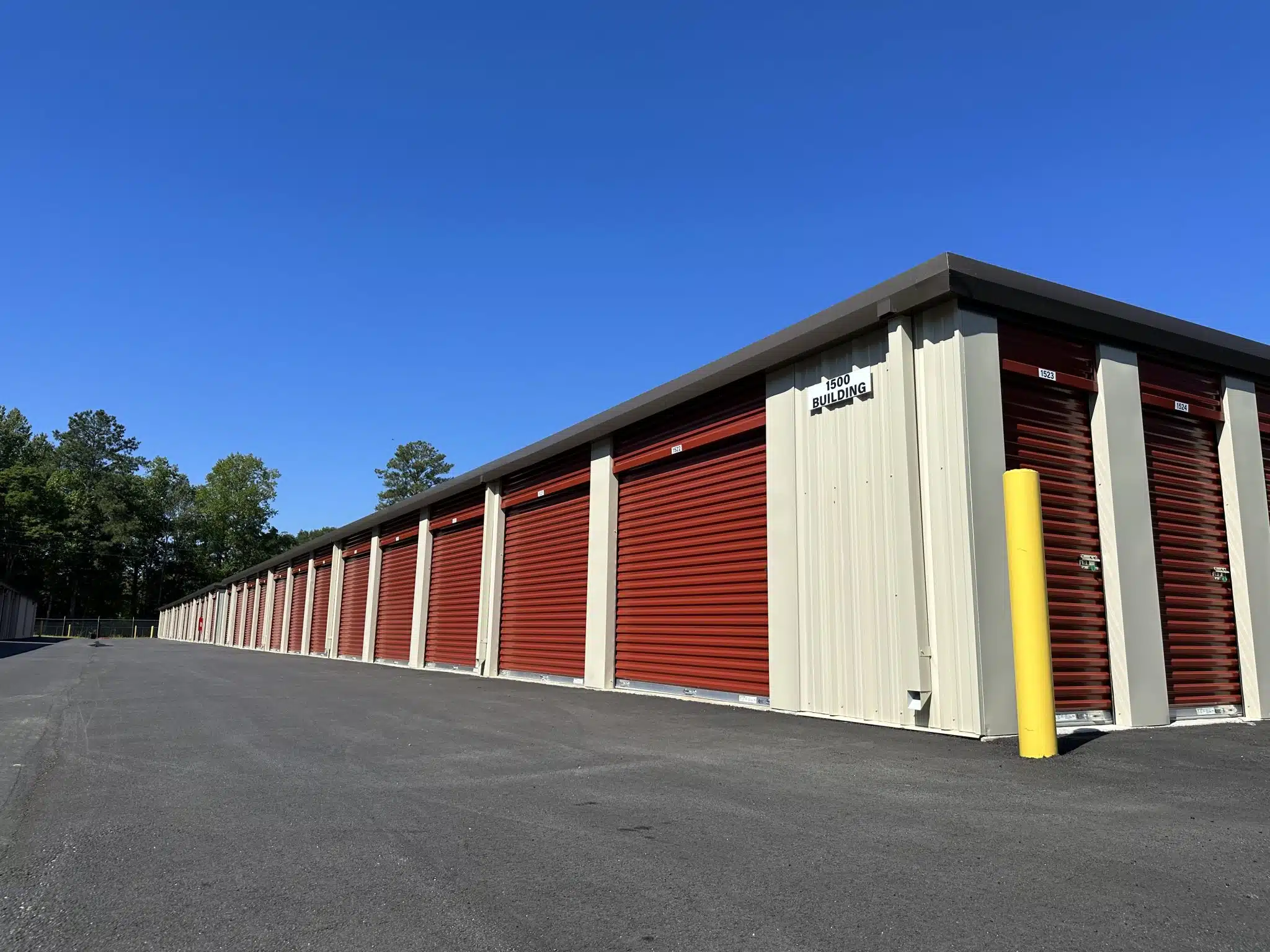Are you considering a new construction project but feeling overwhelmed by the options? Look no further! Pole building construction has been the growing trend for its unique advantages over traditional building methods. In this article, we’ll explore how pole building foundations differ from conventional construction techniques and why they might be the perfect choice for your next project.
Key Differences Between Pole Building and Traditional Foundations
When comparing pole building foundations to traditional construction methods, several key differences become apparent. These distinctions impact everything from the initial site preparation to the long-term durability of the structure. Let’s explore these differences in detail to understand why pole building construction is gaining traction in the construction industry.
- Simplified Site Preparation
Traditional construction typically requires extensive site preparation. This often involves significant grading and leveling of the terrain, along with substantial excavation work. The goal is to create a flat surface suitable for pouring a continuous concrete foundation. This process can be time-consuming and costly, especially on challenging terrain.
In contrast, the pole building construction method requires minimal site preparation. One of the most significant advantages of pole buildings is their ability to be constructed on uneven or sloped terrain. Instead of extensive grading, the posts are simply set into the ground at specific intervals. This flexibility not only saves time and money but also allows for construction in areas that might be impractical for traditional building methods.
- Cost-Effectiveness
Cost is often a primary concern in any construction project. Traditional construction methods can be quite expensive, with foundation costs alone accounting for 10-15% of the total budget. These costs stem from the need for more materials, including large amounts of concrete, as well as higher labor costs due to the complex nature of foundation work.
Pole building construction, on the other hand, offers significant cost savings. The foundation costs are substantially lower due to the use of fewer materials, primarily posts, and minimal concrete. Labor expenses are also reduced thanks to the simpler installation process. These savings can make pole building an attractive option for those looking to maximize their construction budget without sacrificing quality or durability.
- Speed of Construction
Time is money in construction, and the speed of the building process can have a significant impact on overall project costs. Traditional construction involves multiple steps, including site preparation, formwork, concrete pouring, curing, and framing. Many of these processes are weather-dependent, which can lead to delays and extended construction timelines.
The pole building construction method offers a streamlined process that can significantly reduce construction time. Once the posts are set, framing can begin immediately, without the need to wait for concrete to cure. This method is also less affected by weather conditions, allowing for more consistent progress throughout the project.
The result is a faster completion time, which can be particularly advantageous for commercial or agricultural projects where time is of the essence.
- Design Flexibility and Adaptability
Design flexibility is another area where pole building construction shines. Traditional construction often requires load-bearing walls, which can limit options for open floor plans. Additionally, modifications and expansions to traditional structures can be complex and costly, often requiring significant structural changes.
Pole building homes and structures offer superior design flexibility. The post-frame design allows for wide-open spaces without the need for interior supports, making it easy to customize layouts for various uses. This flexibility extends to future modifications as well. Pole buildings are generally simpler to expand or modify, allowing the structure to adapt to changing needs over time.
This adaptability makes pole buildings an excellent choice for everything from residential homes to commercial spaces and agricultural buildings.
- Structural Durability
While traditional concrete foundations are known for their strength, they can be susceptible to cracking or shifting over time due to soil movement or water damage. This can lead to structural issues and costly repairs down the line.
Pole building construction offers excellent structural durability. The deep-set posts provide superior resistance to lateral forces such as wind and snow loads. This makes pole buildings particularly well-suited for areas with harsh weather conditions.
Additionally, many pole buildings use treated materials that are resistant to rot and pests, contributing to a longer lifespan with less maintenance compared to some traditional wood-frame structures.
Is a Pole Building Right for Your Project?
While pole building construction offers numerous benefits, it’s essential to consider your specific needs and local building codes when deciding on a construction method. Pole buildings are particularly well-suited for certain types of structures and situations.
Agricultural structures such as barns, stables, and equipment storage buildings often benefit from the wide-open spaces and durability offered by pole construction. Commercial warehouses and workshops can take advantage of the cost-effectiveness and adaptability of pole buildings. In the residential sector, pole building homes are gaining popularity, especially in rural or challenging terrains where traditional foundation work might be difficult or costly.
Garages and multi-purpose outbuildings are also excellent candidates for pole building construction.
Conclusion
As we’ve explored, pole building foundations differ significantly from traditional construction methods in terms of site preparation, cost, speed, adaptability, and durability. The pole building construction method offers a compelling alternative that can save time, money, and resources while providing a sturdy and flexible structure.
Whether you’re planning a new home, a commercial space, or an agricultural building, consider the advantages of pole building construction. Its unique approach to foundations and framing might just be the innovative solution you’ve been looking for. Remember, while pole buildings have many advantages, it’s always best to consult with a professional builder or architect to determine the best construction method for your specific project. With the right approach, you can create a durable, cost-effective, and environmentally friendly structure that meets all your needs.





